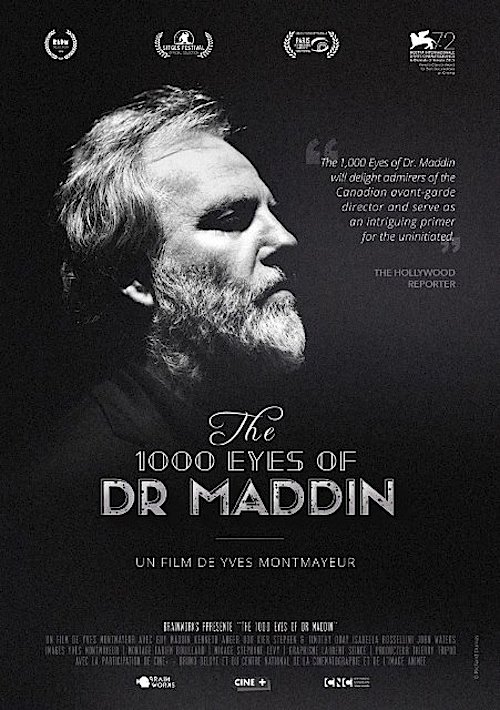By Joe Bendel. Shamans are all well and good for minor spirit infestation, but if you are facing a 5,000 year old arch-demon, you need to go to the Roman Catholic Church. However, you can’t settle for a skeptical, hip and modern priest in the Pope Francis tradition. You need someone old school like Benedict XVI. It also helps if he is a little ornery. Father Kim Bum-shin definitely fits the bill. Unfortunately, he has trouble keeping assistants once they experience the long, perilous exorcism of Lee Young-sin. Good will battle evil short-handed in Jang Jae-hyun’s The Priests, which opens this Thanksgiving in Los Angeles.
Deacon Choi Joon-ho is the twelfth assistant deacon sent to help the maverick Father Kim in his epic mission. If that sounds vaguely familiar than perhaps you saw or read about Jang’s award winning short film, 12th Assistant Deacon, which he remade and expanded as the feature length The Priests. It might be longer, but you still will not find much padding here.
Lee Young-sin was once a member of Father Kim’s congregation, but she is no longer the innocent girl he knew. Frankly, the demon would prefer to possess a boy, which is why it tried to force her into committing suicide. However, even in her now vegetative state, Lee’s spirit is strong. Still, she is no match for the beast within her. Nor were Father Kim’s previous eleven assistants. The guilt-ridden Choi does not inspire much confidence either, but at least he was born in the year of the tiger, which apparently counts for a lot when you’re tangling with demons.
Jang stays faithful to the essence of his massively atmospheric short film, while expanding the scope rather effectively. The climatic exorcism remains the film’s signature scene and it is still all kinds of tense. However, Jang has added one wrinkle—the use of a pig as a temporary vessel for the exorcised spirits, in accordance with the Biblical exorcism of the Gerasenes demoniac (a.k.a. Legion). Presumably he had more budget available for animal wrangling this time around.
Regardless, The Priests is a gripping horror thriller that treats themes of good, evil, Catholicism, possession, and sacrifice with life-and-death seriousness. It is hard to top the original Exorcist from 1973, but the two films definitely share a close kinship. Along with his prior short, The Priests suggests Jang could be the next major genre filmmaker to emerge from Asia. Yes, they are that good.

Oddly enough, the lesser known cast of the short film might just take the honors over the famous stars of The Priests. As always, Kim Yun-seok has a big presence as Father Kim, but at times his uber-gruffness borders on the perverse. Likewise, Gang Dong-won’s Deacon Choi is frustratingly callow and shallow before he gets his rude demonic wake-up call. However, Park So-dam will scare the pants off you as the slightly disturbed Lee Young-sin.
There is hardly any blood or gore in The Priests, because it runs deeper than that. Jang masterfully controls the mood, steadily cranking up the suspense and dread. He integrates a great deal of Catholic imagery and demonic archetypes alongside distinctly Korean elements, such as Father Kim’s shaman colleagues (they are on refreshingly good terms). Altogether, it is a highly distinctive, metaphysically unnerving horror film that will be perfect for family viewing this Thanksgiving night. Enthusiastically recommended for genre fans, The Priests opens tomorrow (11/26) in Los Angeles at the CGV Cinemas and next Friday (12/4) in New Jersey at the Edgewater Multiplex.
LFM GRADE: A
Posted on November 25th, 2015 at 12:19pm.




